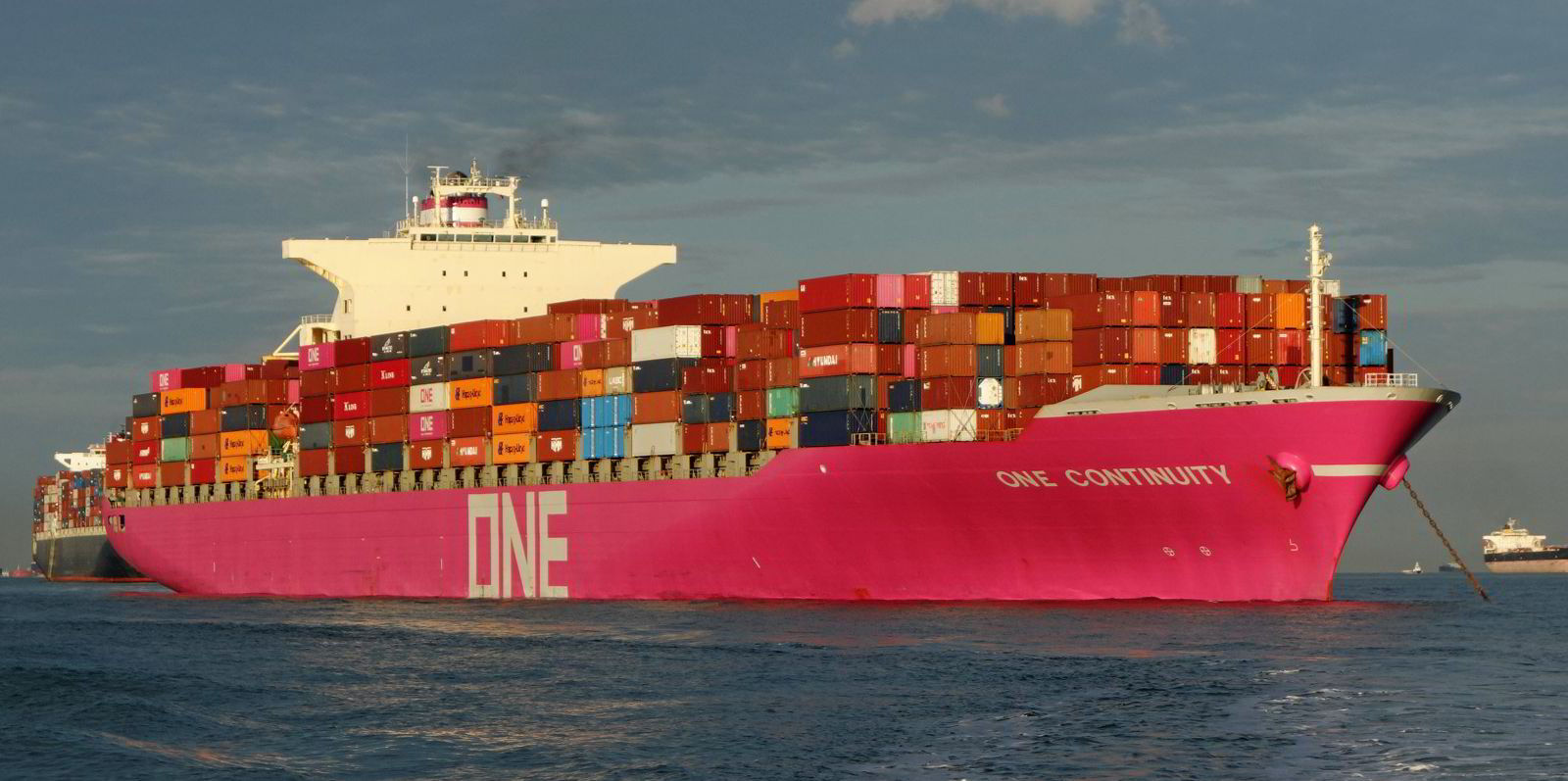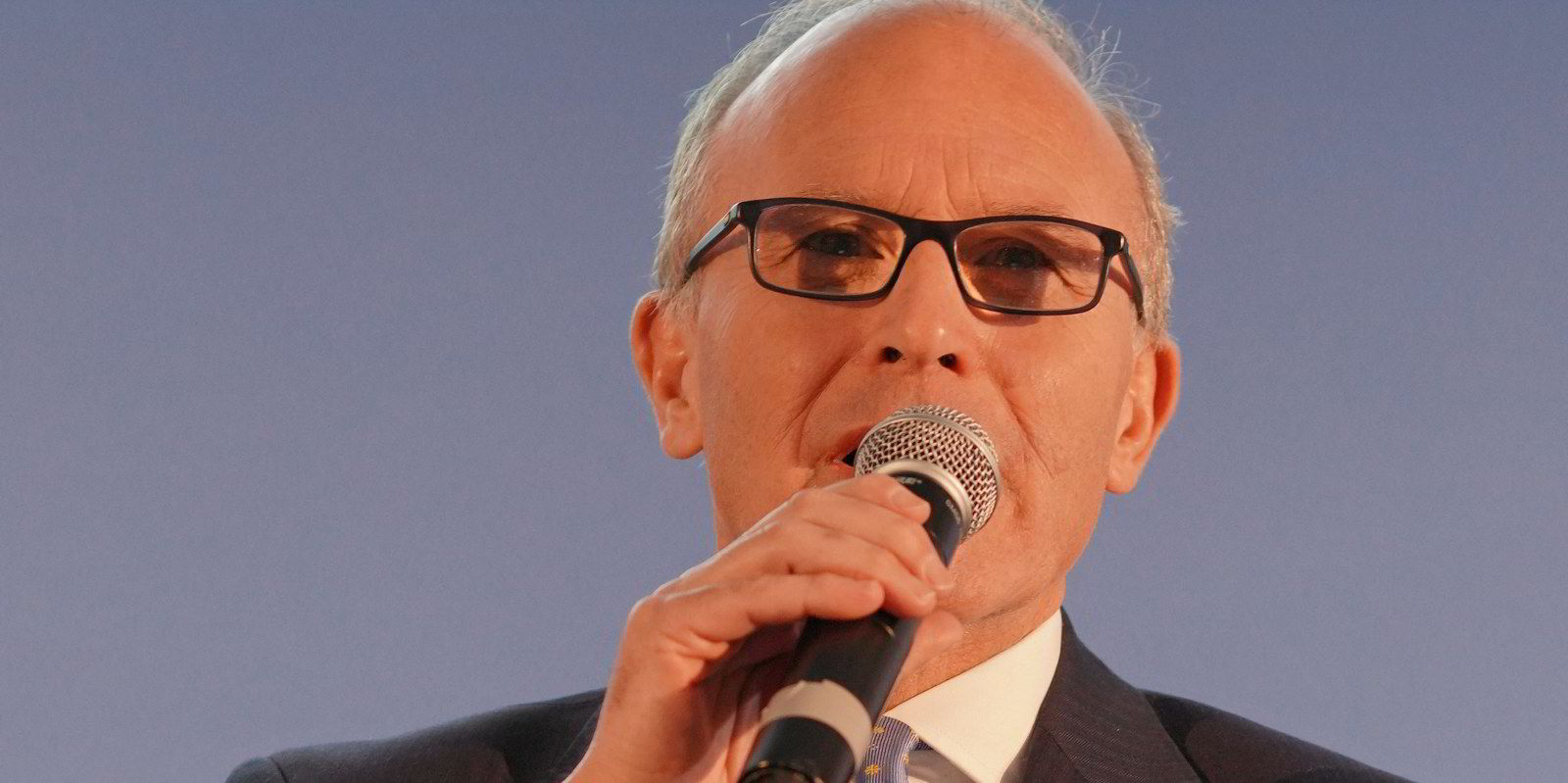Mitsui OSK Lines has blamed a much-reduced third-quarter profit on weaker liner markets.
The Japanese behemoth booked a net profit of just ¥121.7bn ($930m) for the three months to 31 December 2022, in figures released on Tuesday.
This compares with ¥212.3bn a year earlier and ¥285.7bn and ¥315.7bn in the first and second quarters of the current fiscal year, respectively.
MOL attributed the decline to the weaker profits from its container ship operation, which suffered a sharp drop in spot freight rates.
It blamed an easing of port congestion and the global economic slowdown for the decline in transport demand and rates since mid-August.
MOL said cargo demand decreased especially in East-West trades mainly due to the increase in inventories in North America, which became clearer in July and August, and a decline in consumption in Europe due to progressive rising inflation.
Cargo movements in October and November 2022 from Asia to North America fell by 19%, while those from Asia to Europe fell by 26% year on year.
The situation was compounded by an increase in tonnage supply as improving global port congestion freed up more tonnage.
MOL said its iron ore and coal-carrier business profits declined year on year due to the slackening of supply-demand balance coming from improved tonnage utilisation as a result of the relaxation or removal of Covid-19 quarantine restrictions such as in Chinese ports.
In the small-to-midsize bulker segment, MOL said cargo movements to China have been weak since July, but profits increased for the cumulative period.
Its open-hatch bulkers division saw profits rise due to the continued favourable market conditions for inbound general bulker cargoes and outbound paper pulp transportation.
Profits also increased due to the partial reversal of an allowance for doubtful accounts recorded in the past in relation to a loan to Gearbulk.
MOL’s energy business, which includes tankers, offshore business, steaming coal carriers, wind power and LNG and LPG carriers, saw a year-on-year improvement in both revenue and net profit.
“The crude oil tanker market showed improvement from the latter half of the first six months of the year due to an increase in tonne-miles [caused] by the Russia-Ukraine situation, higher demand during the winter season, and releases from the US strategic petroleum reserve,” MOL said.
“Oil product tankers and chemical tankers also saw an increase in tonne-miles, which increased profits.”
MOL said its car-carrier business achieved improved profits as there was increased demand for the transportation of used cars, and it was able to secure higher transport volumes than the previous year through a flexible ship allocation.
MOL has left its full-year profit forecast largely unchanged from its forecasts made at the end of October 2022 of ¥800bn.





